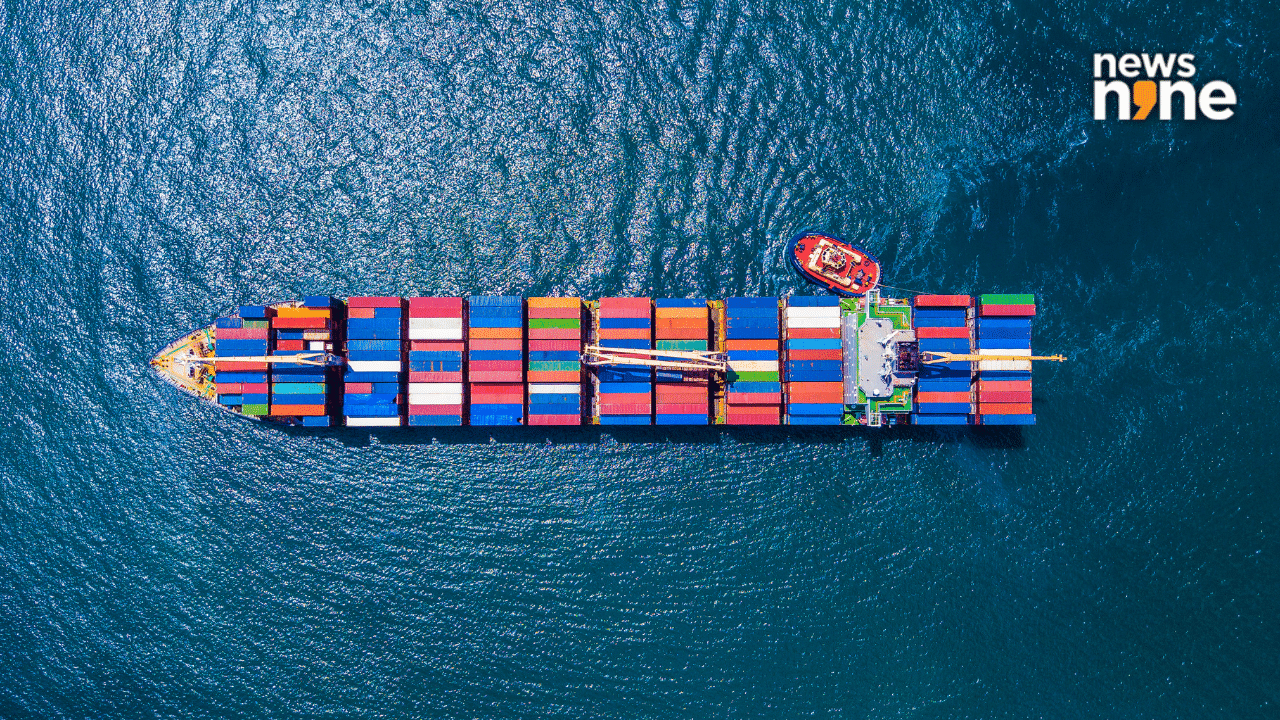New Delhi: India is gearing up to launch its first-ever protection and indemnity (P&I) club, named India Club, aimed at providing domestic liability insurance to Indian-flagged ships operating in coastal and inland waters. If it works as planned, this club could mark a big step toward India’s maritime independence.
But it’s not just about insurance. The move comes at a time when India’s energy and cargo trade with sanctioned countries like Russia is booming. With international insurers increasingly hesitant to cover such trade, the timing of this initiative has drawn attention for more than commercial reasons. Government officials are looking at this project as a way to add more control to a sector still largely tied to global systems based in London.
What exactly is a P&I Club?
Think of a P&I club as a support group for ships. It’s not your typical insurance company. A P&I club is a mutual insurance body made up of shipping companies, port operators, and vessel owners. Members pay contributions (not premiums), and when one of them faces a third-party claim, say for an oil spill, cargo damage, or wreck removal, the club covers the cost.
Most of the world’s shipping companies rely on 13 global P&I clubs that make up the London-based International Group. These clubs currently insure over 90% of the world’s maritime cargo and third-party liabilities.
Now imagine India, a country with one of the largest coastlines in the world and growing influence in oil and cargo trade, not having its own club. That’s what the government wants to change with the India Club.
Why now?
The decision is not happening in isolation. A big part of the push has come from India’s increasing reliance on oil from Russia. While India does not officially accept unilateral sanctions imposed by countries like the US, the shipping sector still needs insurance from providers that do operate under such restrictions.
This has created tension. Indian shipowners moving Russian oil may find it harder to get insurance from international clubs worried about violating sanctions. That’s where India Club could come in, offering insurance that avoids Western pressure.
Officials in the shipping ministry are also concerned about invalid certificates and unpaid premiums showing up at Indian ports. In response, verification rules for incoming vessels have already been tightened. Now, ports must confirm insurance validity directly from insurer websites or authorised agents.
So, what will the India Club do?
At its core, India Club will:
- Provide third-party liability cover for Indian ships in coastal and inland waters
- Offer fallback insurance for vessels involved in trade with sanctioned countries
- Reduce reliance on foreign P&I clubs
- Allow the government to step in where international insurers may hesitate
According to Shipping Secretary T.K. Ramachandran, the government aims to have the club up and running this year. The idea is to begin with small Indian vessels and scale up gradually. Over time, it could expand to offer cover to foreign ships too , although that seems distant for now.
The ministry has also floated a tender and appointed Mumbai-based ACE Insurance Brokers Pvt Ltd to advise on setting up the club. ACE is no stranger to high-stakes government projects and has already worked closely with regulators and public sector insurers.
ACE’s role and the road ahead
ACE’s job is to figure out how this Indian P&I club can work , from rules and governance to capital requirements and reinsurance support. Founded in the early 2000s, ACE has quietly built a reputation in India’s reinsurance and risk consulting space, especially for complex infrastructure and logistics sectors.
With about 350 employees and 15 offices across the country, ACE will also help design the club’s structure so it meets global standards while staying rooted in Indian regulation.
But experts point out that building a global-grade P&I club isn’t just about forming a coalition of domestic shipowners and putting up some seed money.
Will India Club actually work?
That’s the big question. India has about 90% of its shipping tonnage registered under foreign flags, mostly in Panama, Liberia, and Kazakhstan. That’s because those countries offer easier rules, tax benefits, and less regulatory pressure. Which means most Indian-owned ships may not even qualify for India Club membership in its first phase.
Another challenge is credibility. In the high-stakes world of oil transport, traders prefer to work with known international clubs with established records of large claim payouts and port acceptance. For India Club to compete, it will have to earn trust , not just from Indian fleet owners, but from global reinsurers and port authorities.
Why India still needs it
Even if India Club doesn’t become a global player overnight, it could still be useful. It can offer coverage to small domestic players, especially in sensitive or risky trade routes. It can help shield Indian trade from sudden shocks when foreign clubs pull out. And maybe most importantly, it gives India control over a critical piece of maritime infrastructure.
In the bigger picture, this move fits into India’s attempt to build an alternative economic path. With UCO Bank and IndusInd Bank already handling rupee-based trade with Russia, and oil imports being re-exported to third countries, India Club could be one more block in a financial firewall.
